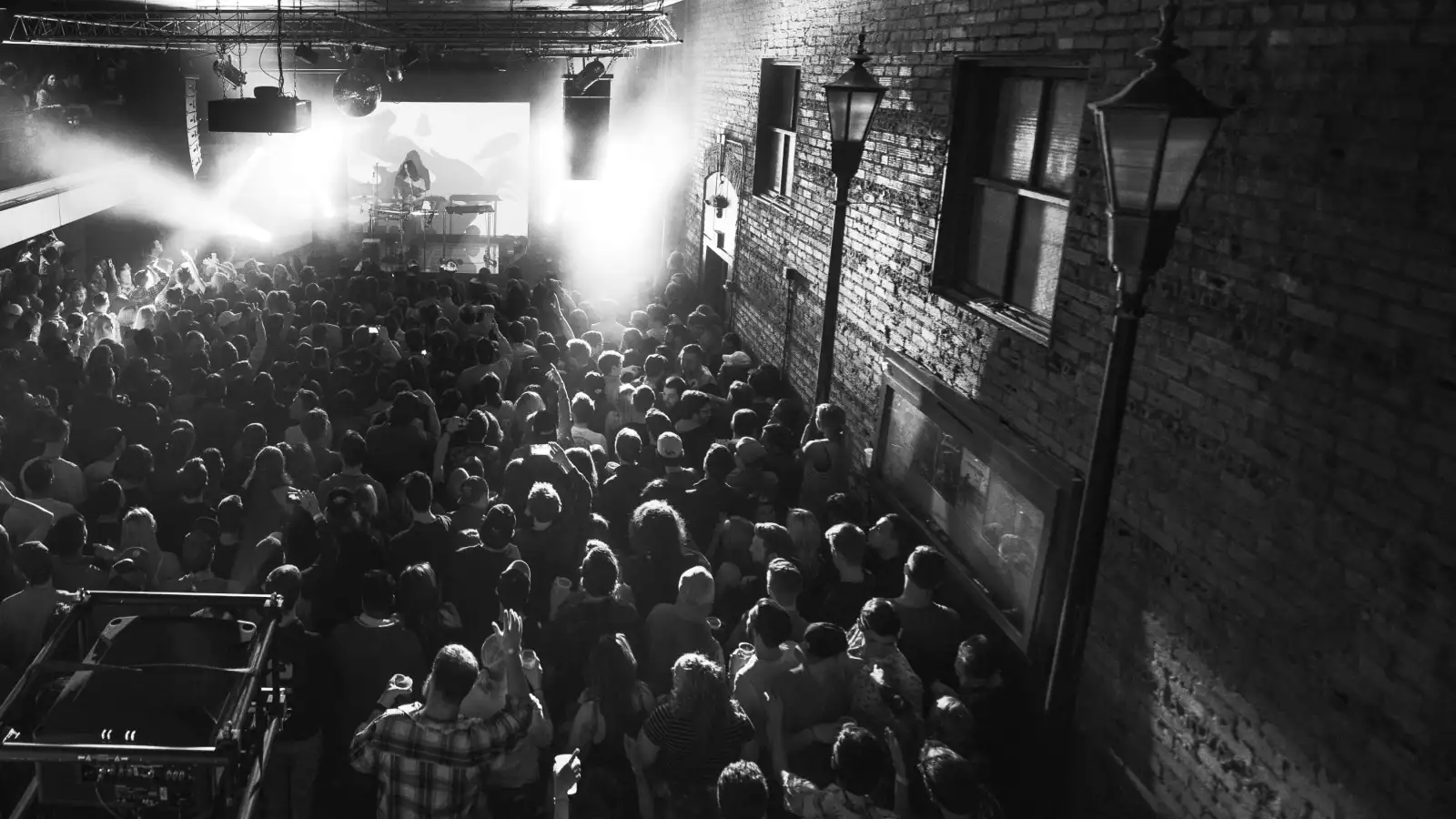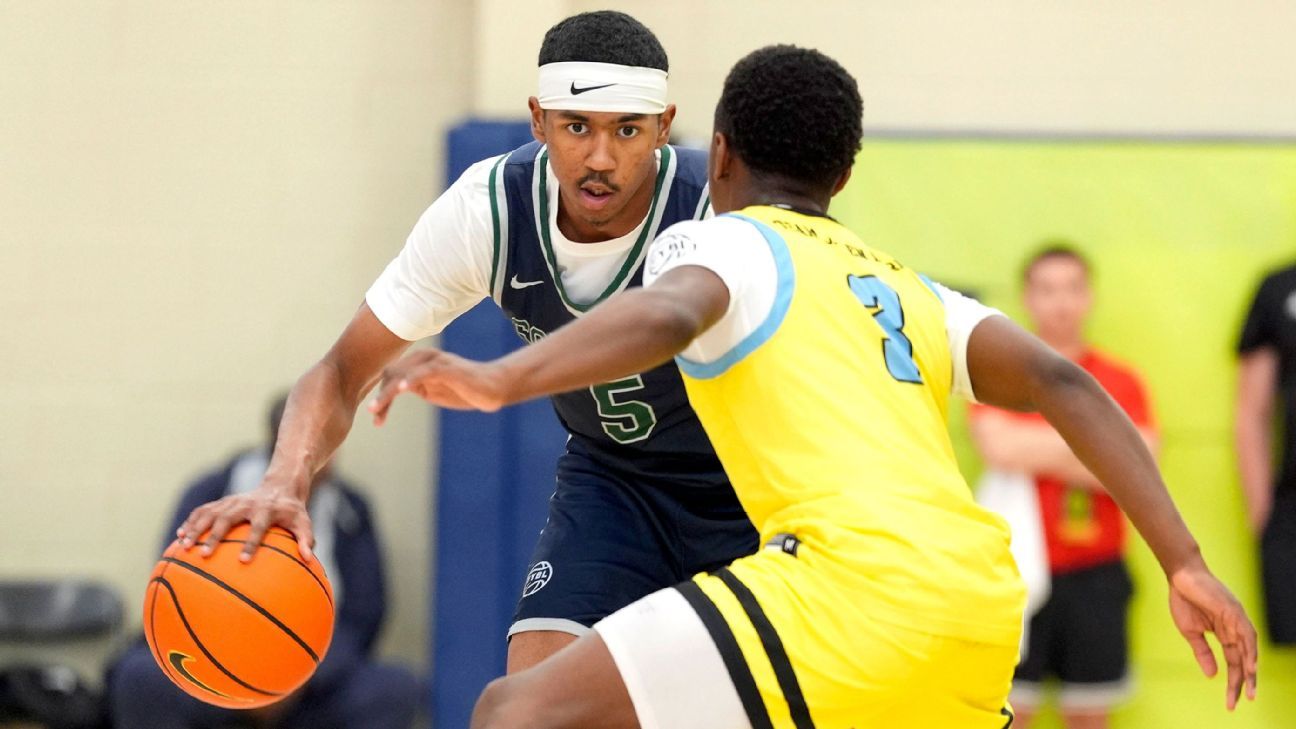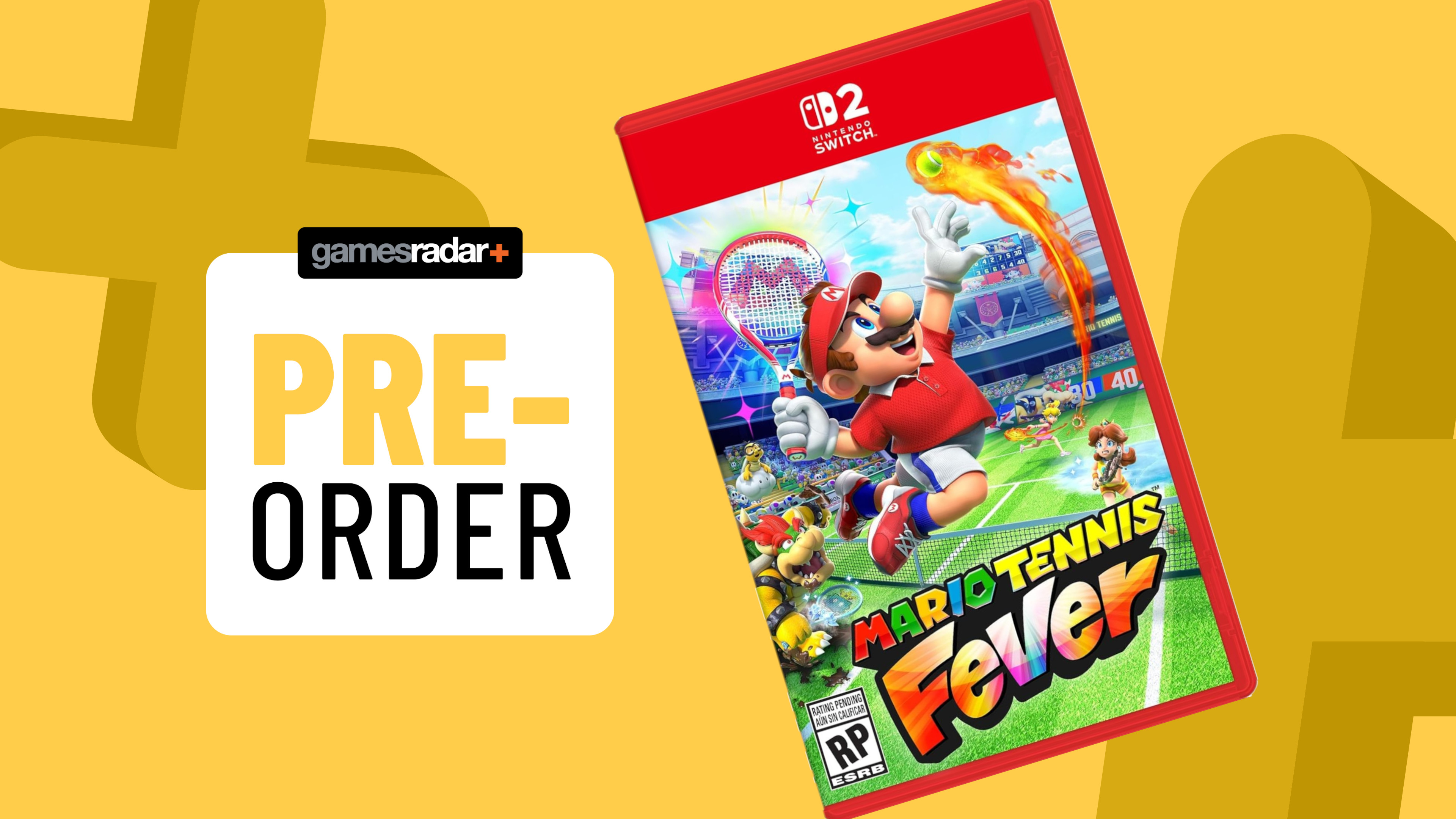
The best show I’ve ever seen was Tom Waits at The Orpheum in Vancouver, October 1999. Touring Mule Variations, he delivered a masterclass in storytelling — as you’d expect. But the co-headliner was The Orpheum itself: domed ceilings, sweeping balconies and uncompromising acoustics. The 2,700-seat theater was both intimate and monumental.
Through every show, artist and era, the venue is the constant — the place where history lives and culture takes root. Think Springsteen’s 2000 Reunion Tour at MSG, ending in a hometown roar. Or U2’s Under a Blood Red Sky at Red Rocks in 1983, a performance so iconic it elevated the amphitheater to global status. Or Vancouver’s Commodore Ballroom, with its spring-loaded floor and fewer than 1,000 seats, yet still a magnet for legends from Duke Ellington to Jack White. Venues aren’t just backdrops; they’re cultural centers where fans connect with the building, the artist and each other.
Fast-forward 25 years, and the ecosystem has been transformed by technology, data and social platforms. Which raises the question: Can a venue have its own fandom? The answer is yes — and in today’s landscape, it’s essential. From small clubs to amphitheaters, every venue has the opportunity to use data, personalization and digital infrastructure to enhance fan experiences, strengthen loyalty and unlock new possibilities: smart-targeted offers, surprise upgrades, customized concessions and more.
Step One: Audit What You Have
Every venue collects data differently and almost all have started, even in small ways. For some, it’s a curated email list. For others, it’s real-time data ingestion across multiple systems. The first step is to audit what you already have, what you’re using and what could be unlocked — whether mailing lists, ticketing and POS data or insights from social followers.
Just as important is separating what you can collect legally from what you can actually use for marketing versus what belongs in business intelligence. That distinction keeps you compliant and reinforces trust with fans.
Editor’s picks
Step Two: Interpret the Signals
Data only matters if it tells a story. Can POS data reliably show a fan prefers beer over cocktails, or do you need to adjust how products are categorized? Can a ticket transfer be recognized not just as a transaction, but as a signal of friendship? The more structured your inputs, the clearer your insights.
Step Three: Centralize with a CDP
Centralizing data through a Customer Data Platform (CDP) reduces manual work and makes insights actionable. For large enterprise venues, that may mean plugging into a major CDP system and customizing it with internal resources.
The Rolling Stone Culture Council is an invitation-only community for Influencers, Innovators and Creatives. Do I qualify?
For others, the smarter path may be partnering with a CDP purpose-built for sports, music and entertainment. These specialized platforms — and the experts behind them — can help you get to execution faster without the heavy lift of building everything yourself.
Step Four: Personalize and Invite Participation
Once centralized, the real opportunity is to use data to personalize and involve fans. You can personalize the experience, offering virtual perks like early-access codes to in-person touches like greeting a regular fan by name or showing them the VIP area. Personalization builds connection. To deepen those connections, you can invite participation and give fans outlets to contribute through things like social walls showcasing fan posts, polls on merch designs or VIP sessions where fans share feedback and ideas.
These moments turn fans into co-creators, not just consumers. Imagine knowing a fan has attended five shows in a year, loves heavy metal, drinks mocktails and always buys merch. With that knowledge, you can greet them with their preferred beverage, surprise them with an upgrade or send tailored show alerts. It’s not just marketing — it’s relationship building.
Related Content
The Payoff: Fandom First, Business Follows
At its core, building venue fandom is about deepening the bond between venue and fan. Just as Tom Waits at The Orpheum wasn’t only about the music but also about the magic of the space, the strongest experiences happen when the venue itself becomes part of the story.
Trending Stories
When done well, personalization doesn’t feel like data. It feels like being known — the right message at the right time, a thoughtful offer for a loyal guest or recognizing that a ticket transfer is really about connection between friends. That’s what transforms a building into a cultural hub: a place fans identify with, return to and champion as their own.
And while stronger loyalty and business results will naturally follow, the true reward lies in cultivating those relationships. Venues that focus first on their fans — using every tool, old and new, to deepen that connection — won’t just fill seats. They’ll create cultural touchstones and lasting memories, long after the last note fades.



